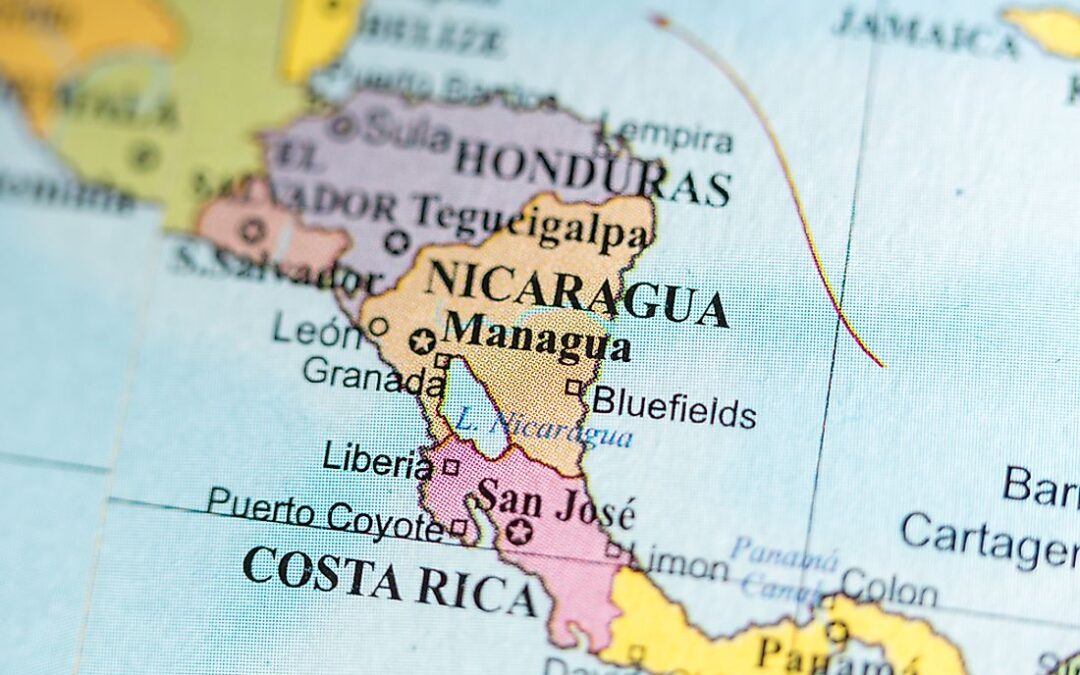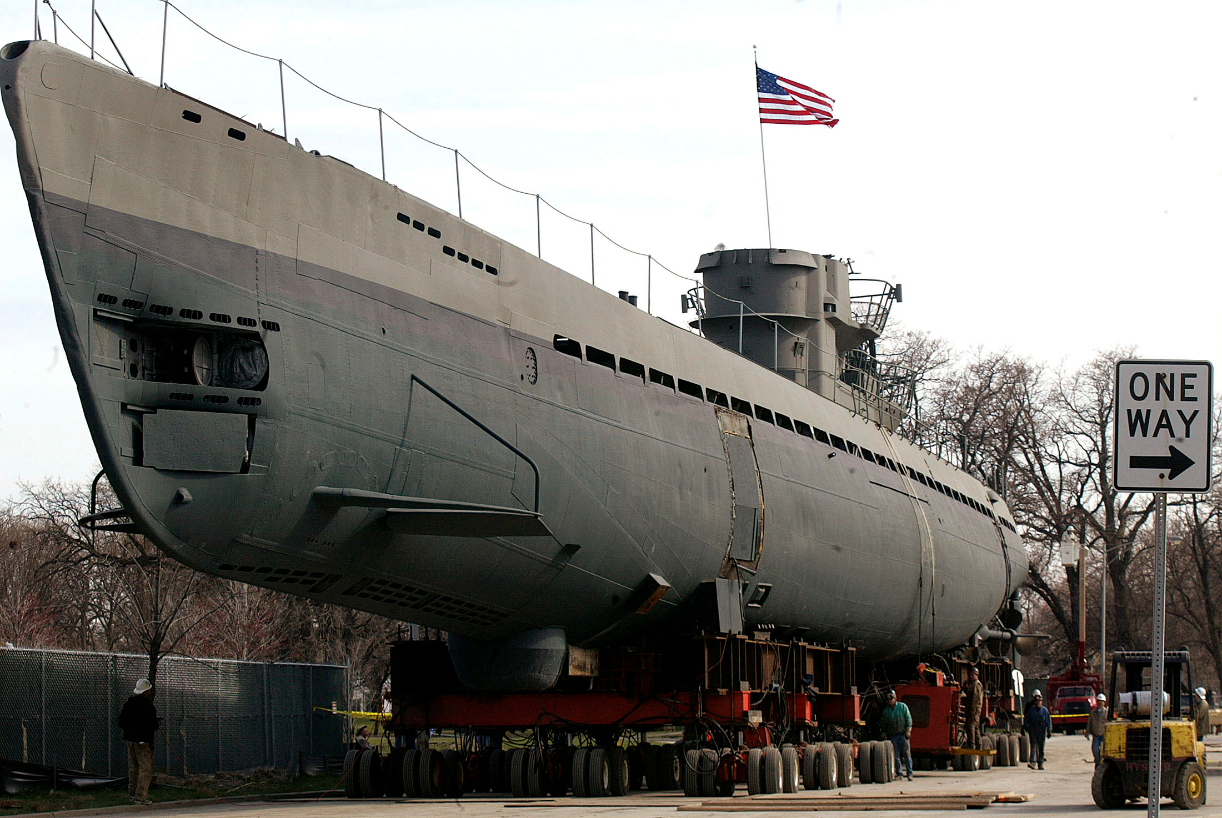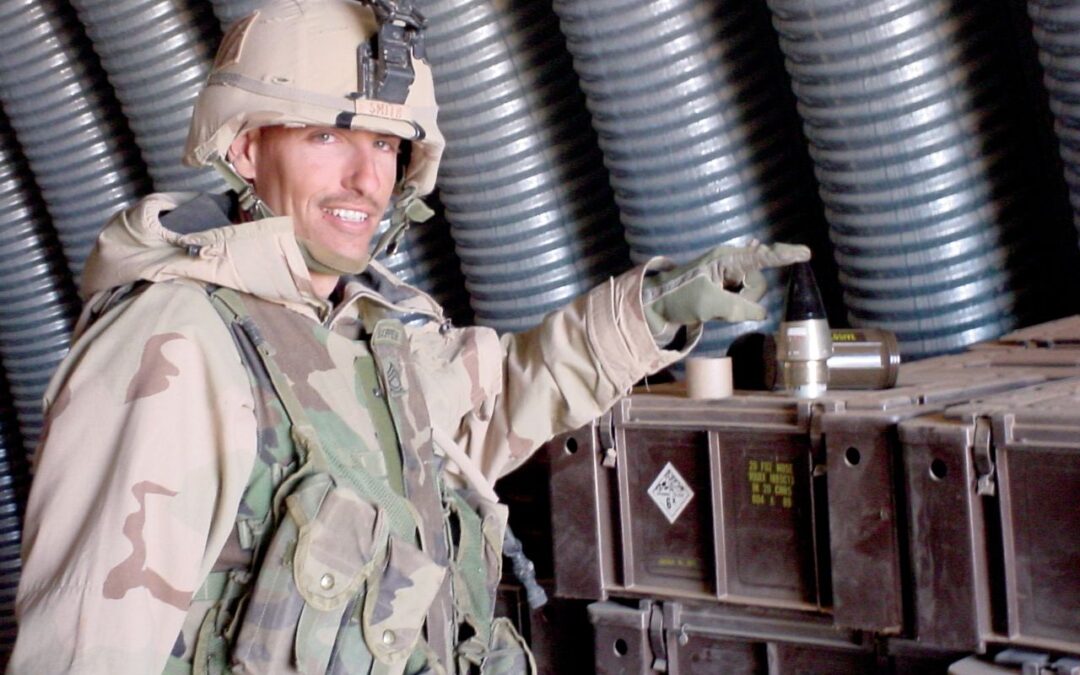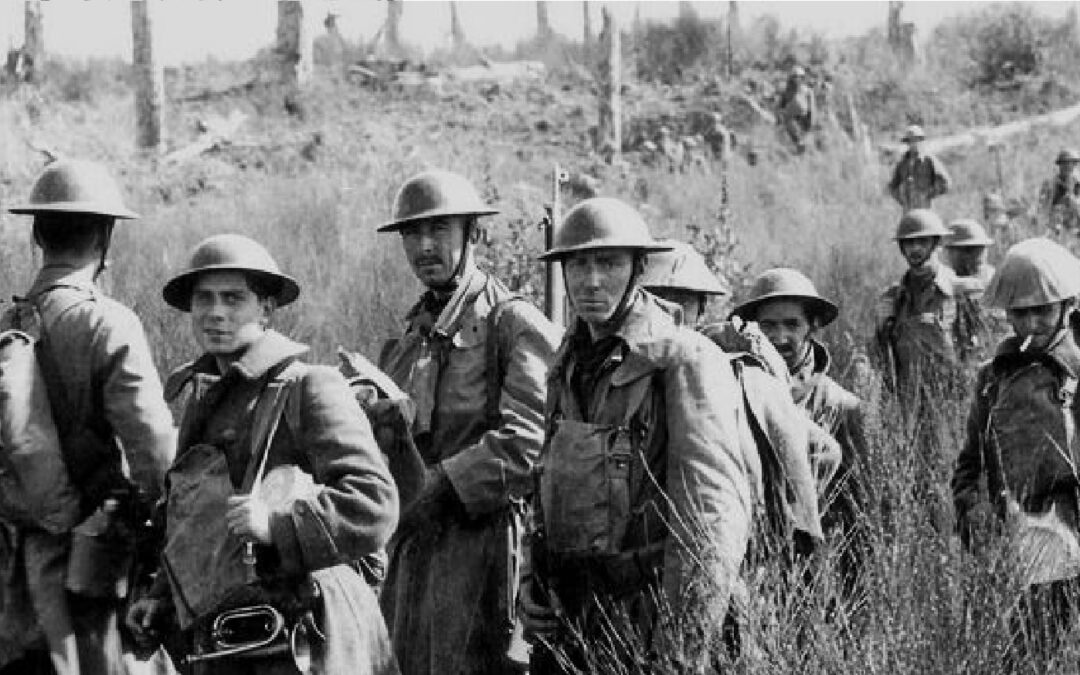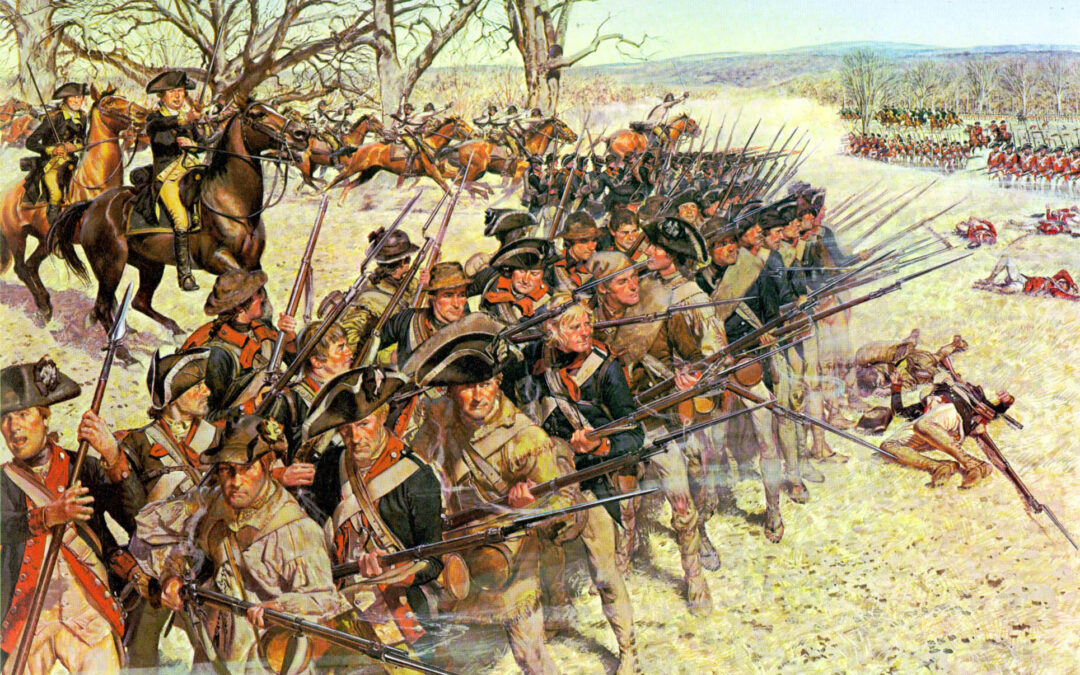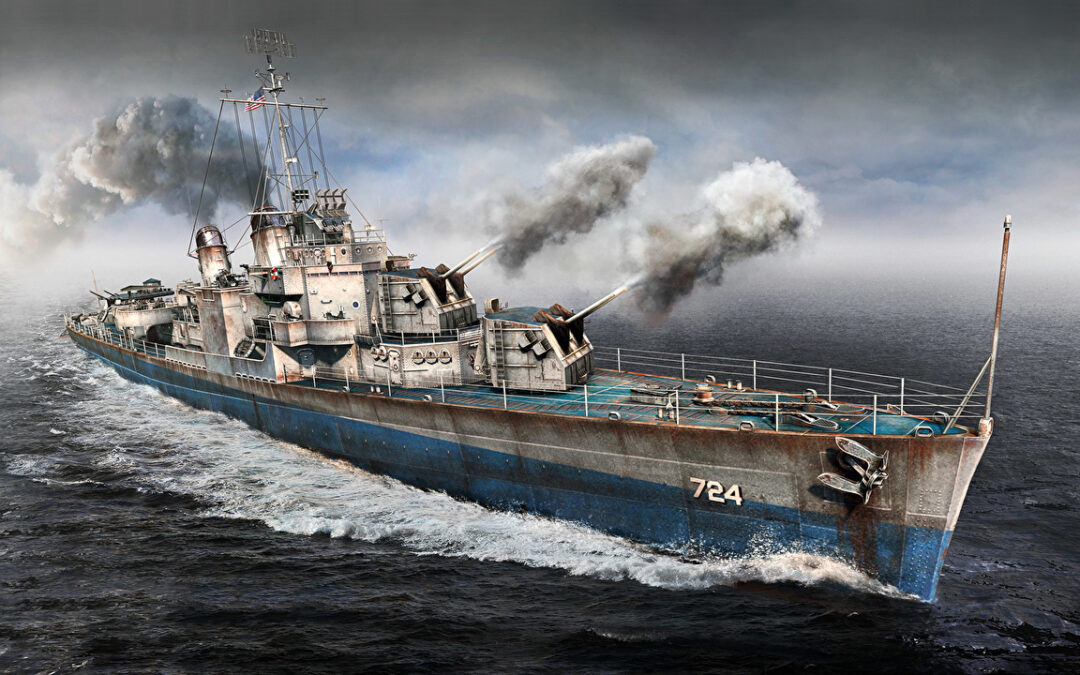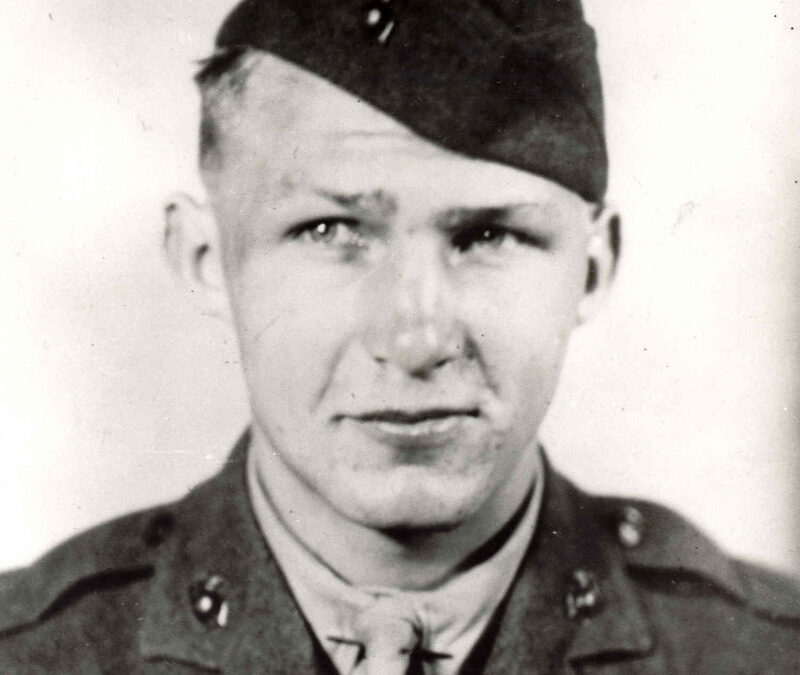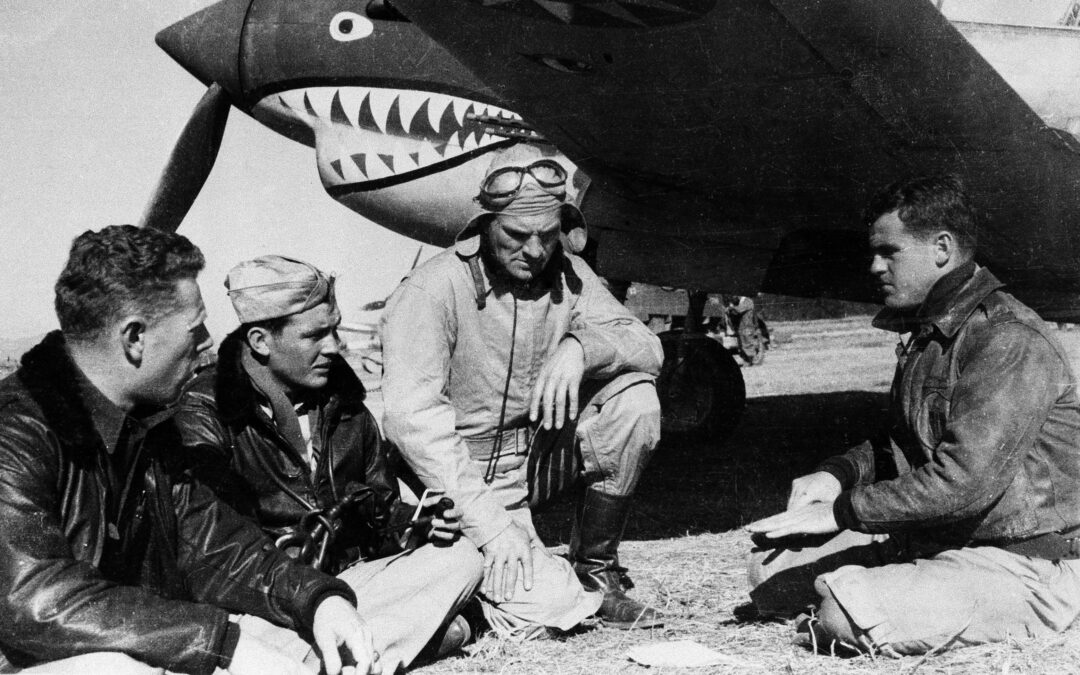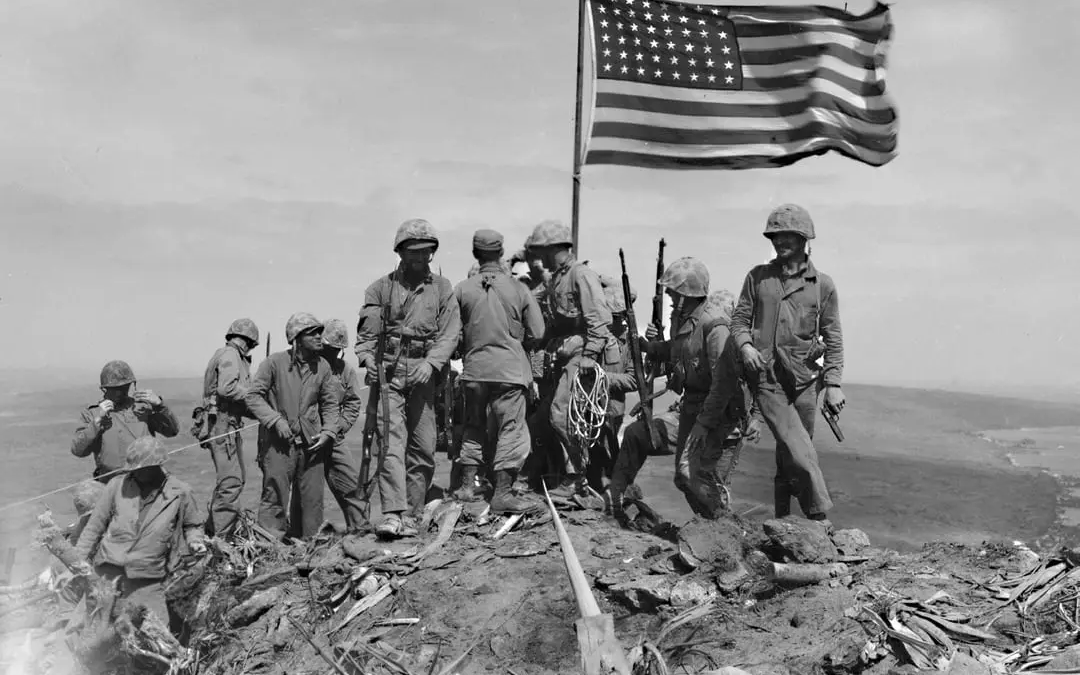On November 8, 1855, in front of the Parroquia Church in the town square of the Nicaraguan city of Granada, a line of riflemen shot Gen. Ponciano Corral, the senior general of the Conservative government. Strangely, the members of the firing squad hailed from the United States. So did the man who had ordered the execution. His name was William Walker. Though later generations would largely forget him, in the 1850s, he obsessed the American public. To many, he was a swashbuckling champion of Manifest Destiny. To others, he loomed as an international criminal. In Walker's own mind, he was a conqueror destined to create a Central American empire. His bizarre career would leave a legacy that shadows the relationship between the United States and Central America to this day. Biography of William Walker Walker was born in 1824 in Nashville, Tennessee, to James Walker and his wife, Mary Norvell. His father was the son of a Scottish immigrant. His mother was the daughter of Lipscomb...
